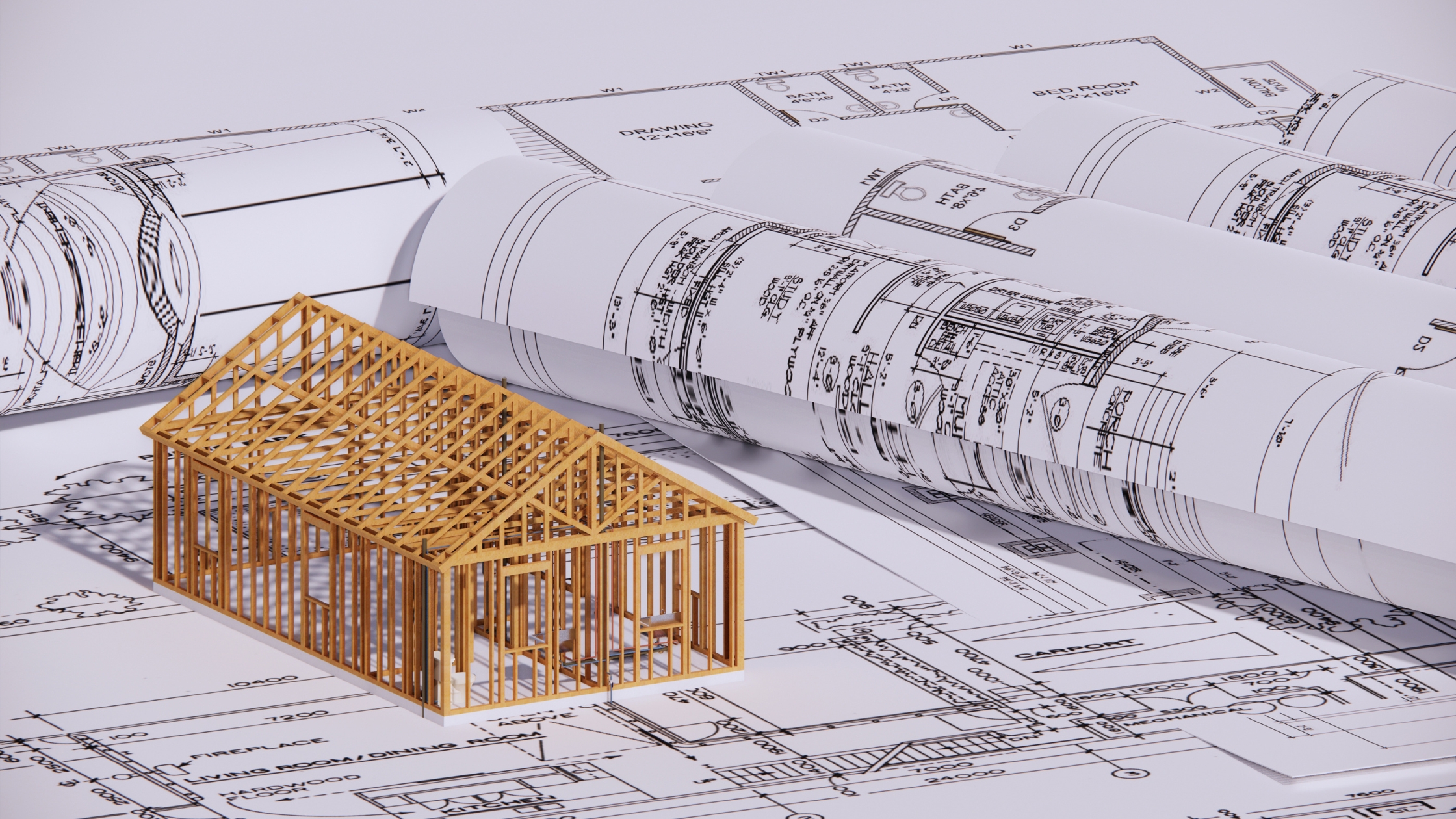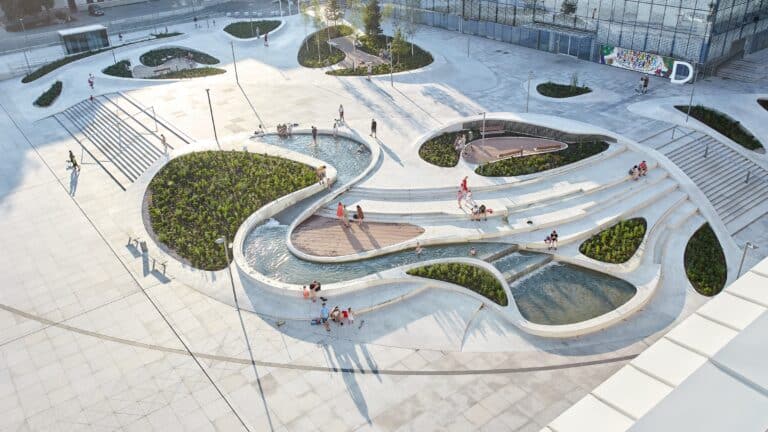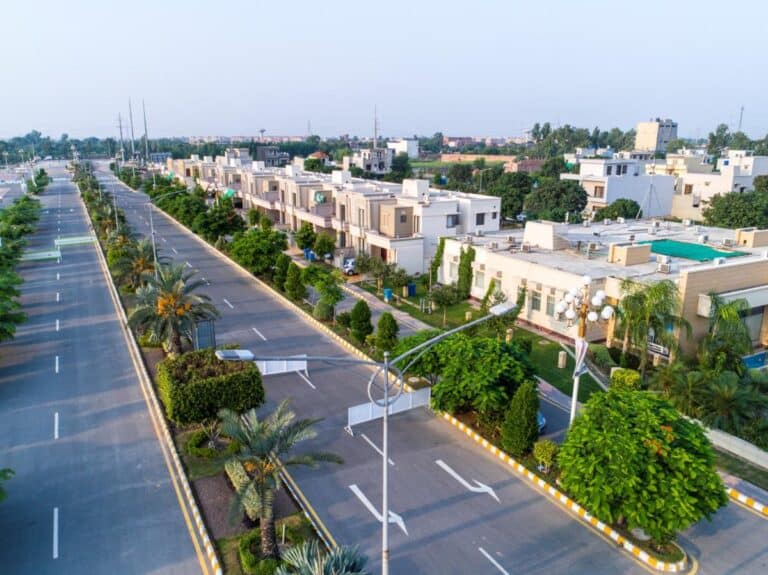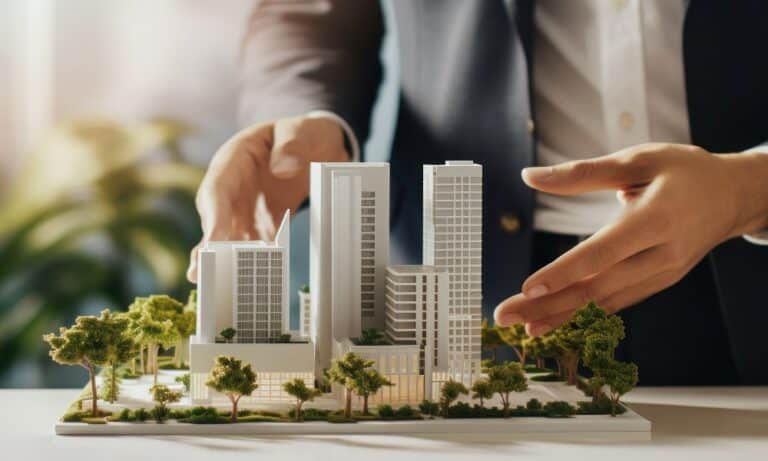In today’s urban landscape, architecture is no longer just about creating aesthetically pleasing buildings; it’s about crafting spaces that foster connection, inclusivity, and well-being. Designing for community is a people-first approach to architecture and urban planning one that prioritizes the social and cultural dynamics of a place as much as its physical form.
What Does It Mean to Design for Community?
Designing for community refers to creating built environments that encourage interaction, support diverse needs, and contribute positively to public life. This philosophy recognizes that good design isn’t just functional or beautiful it’s meaningful. It considers everything from spatial accessibility and walkability to cultural relevance and social cohesion.
Why It Matters: The Social Role of Architecture
According to the World Health Organization, urban environments affect both mental and physical health. Well-designed neighborhoods and public spaces can:
- Reduce crime rates by up to 30% (source: CPTED strategies)
- Improve mental well-being by up to 60% when people have access to green and walkable areas
- Boost local economies by increasing foot traffic and community-led businesses
- Increase property values through placemaking and revitalization
These statistics underscore that architecture directly impacts how communities function, thrive, and grow.
Core Principles of Community-Centered Design
1. Inclusivity & Accessibility
A truly community-driven space accommodates people of all ages, backgrounds, and abilities. Universal design standards such as ramps, tactile paving, and intuitive wayfinding play a key role.
📊 Fact: As of 2022, over 16% of the global population lives with a disability (WHO). Designing accessible environments is not optional it’s essential.
2. Placemaking
Coined by urban theorists like Jane Jacobs and William H. Whyte, placemaking is the process of turning public spaces into vibrant, functional places. This means designing with local culture, history, and identity in mind.
✅ Example: New York City’s High Line Park transformed a disused rail line into a beloved public space, attracting over 8 million visitors annually.
3. Mixed-Use and Mixed-Income Development
Mixed-use developments combine residential, commercial, and public functions, while mixed-income housing promotes socioeconomic diversity.
📈 Data: Neighborhoods with diverse income levels show higher educational outcomes and lower crime rates (Urban Institute, 2021).
4. Sustainability and Local Resilience
Sustainable design supports not just the environment but also community self-reliance. Features like community gardens, solar-powered housing, and green roofs serve dual purposes ecological protection and social interaction.
Examples of Community-Oriented Architecture
- Vauban, Germany – A car-free district that promotes walking, cycling, and community life, built around principles of sustainability and participation.
- The Village Model in Copenhagen – A housing initiative that integrates elderly residents, young families, and shared spaces to reduce isolation and increase quality of life.
- Mukuru Slums Upgrading Project in Nairobi – A participatory design model where locals contribute directly to housing layout and infrastructure plans.
Technology’s Role in Community Design
Modern tools like GIS mapping, AR/VR simulations, and participatory digital platforms allow architects to better visualize and evaluate how people interact with space before construction even begins. These innovations ensure that designs are data-informed and community-approved.
The Economic Benefits of Designing for Community
Designing for community is not just socially responsible it’s economically smart.
- Public spaces can return $4 in economic benefits for every $1 invested (Project for Public Spaces)
- Mixed-use developments increase city tax revenues while reducing commuting time and emissions
- Walkable neighborhoods attract higher real estate demand and retain residents longer
Conclusion: Designing for Belonging, Not Just Buildings
When we design with the community in mind, we’re not just constructing structures we’re weaving the social fabric of a place. The spaces we create should inspire connection, reflect cultural identities, and improve lives. From city parks to housing schemes, every project is an opportunity to build belonging.
